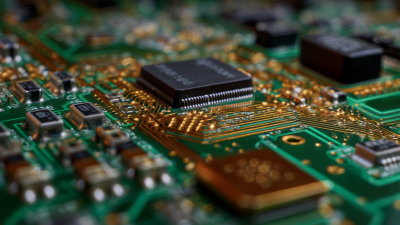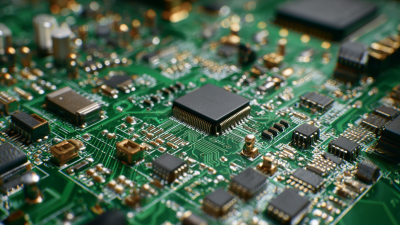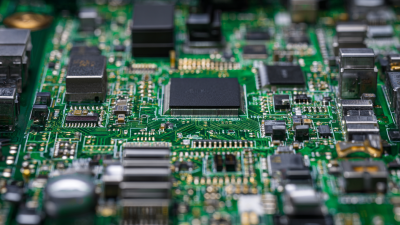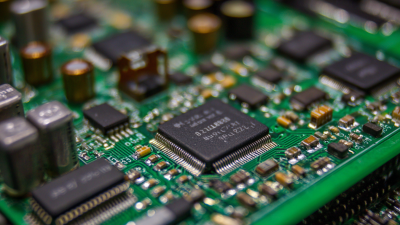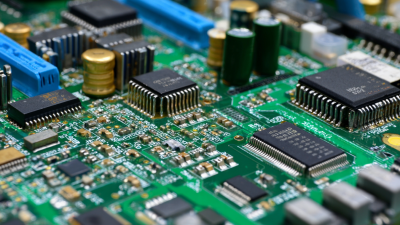In the ever-evolving world of electronics, the process of printed circuit board assembly (PCBA) stands as a critical phase that determines the reliability and functionality of electronic devices. As technology continues to advance, ensuring efficient and error-free PCB assembly becomes paramount for manufacturers looking to stay competitive in a saturated market. Renowned expert in the field, Dr. John Smith, emphasizes the significance of this process, stating, “Effective printed circuit board assembly is not just about putting components together; it's about ensuring quality and precision at every step of the way.”
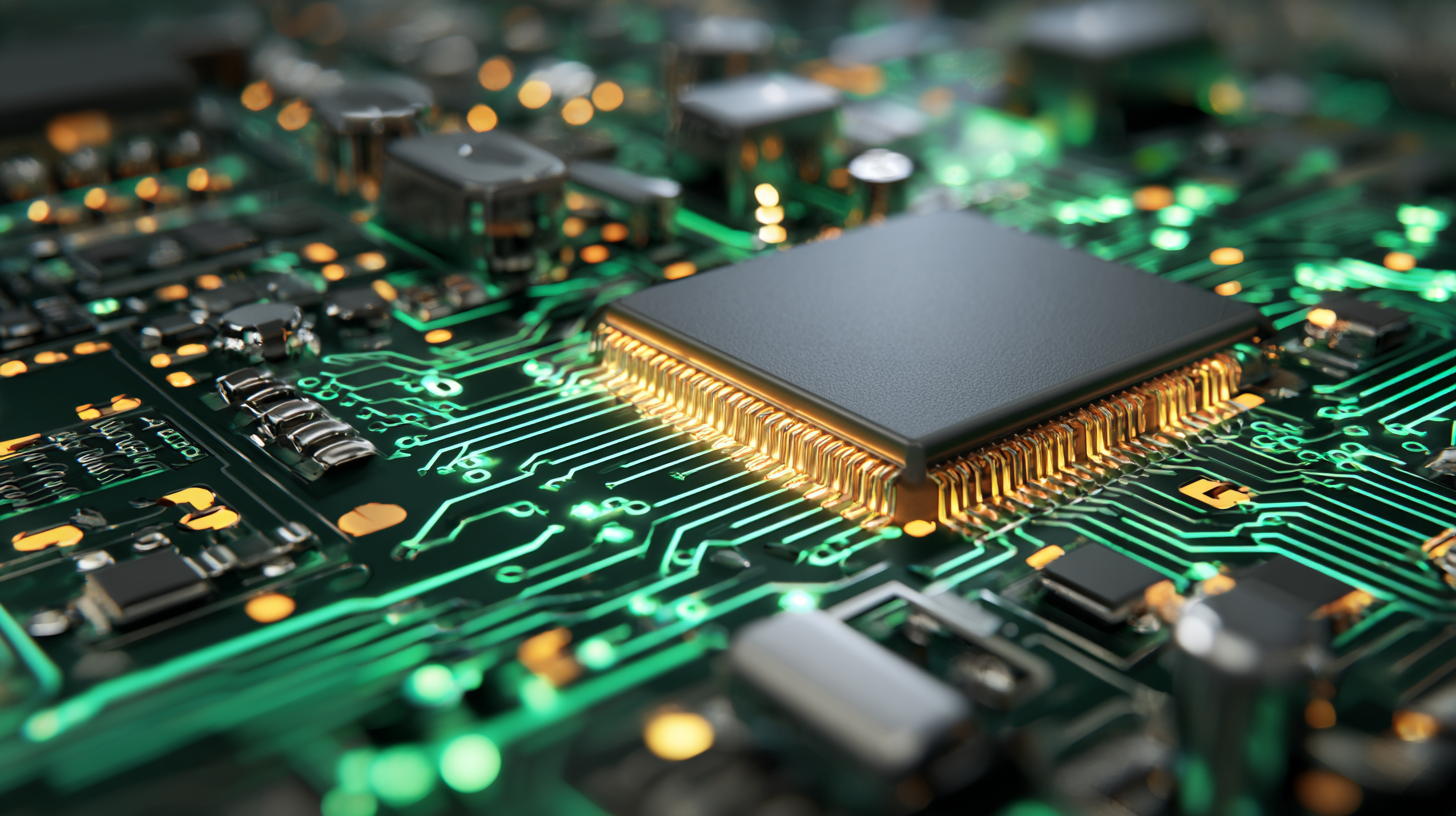
With an extensive array of techniques and best practices available, understanding the essential aspects of PCBA can significantly enhance production outcomes while mitigating risks associated with errors and defects. From selecting the right materials to implementing rigorous testing procedures, mastering these strategies is crucial for success in the PCB assembly industry. As we delve into the top ten essential tips for effective printed circuit board assembly, we aim to equip professionals with the knowledge necessary to enhance their manufacturing processes, ultimately leading to higher quality products and satisfied customers.
When designing printed circuit boards (PCBs) for efficient assembly, it’s crucial to integrate best practices that enhance both manufacturability and reliability. According to IPC-2221 standards, maintaining a minimum line width of 0.20 mm helps improve solderability, ultimately reducing assembly defects. Moreover, using appropriate pad sizes according to component types is essential; oversized pads can lead to issues such as tombstoning, which affects solder joints and can compromise the functionality of the PCB.
Another vital aspect is layer stack-up optimization. A report by the IPC’s D-30 group indicates that improper stack-up can increase electromagnetic interference (EMI) and diminish performance. Designers should arrange layers to minimize loop areas and maintain controlled impedance, particularly in high-speed applications. Implementing thorough design rule checks (DRC) can also streamline the assembly process, ensuring that all clearances and tolerances are within industry standards. By adhering to these design practices, engineers can significantly enhance the efficiency of PCB assembly, ultimately leading to lower production costs and improved product reliability.
When it comes to achieving a successful Printed Circuit Board (PCB) assembly, mastering key techniques for soldering and component placement is essential. A report from IPC, the global trade association for the electronics industry, highlights that improper soldering can lead to up to 30% of production defects, underscoring the critical importance of precision in this process. To mitigate these risks, utilizing methods such as controlled soldering temperatures and the right solder types is vital. For example, employing lead-free solder not only meets regulatory standards but also offers superior thermal and mechanical reliability, which is crucial for high-density assemblies.
Additionally, effective component placement is a cornerstone of high-quality PCB assembly. Research indicates that approximately 60% of assembly failures stem from misalignment or incorrect component orientation. Implementing automatic placement machines with vision systems can significantly enhance placement accuracy, reducing the potential for defects. Furthermore, adhering to design guidelines, including proper pad sizes and layout considerations, can dramatically increase yield rates, often exceeding 90% when best practices are applied. By focusing on these fundamental techniques, manufacturers can achieve more reliable products and optimize their assembly processes.
In the realm of printed circuit board (PCB) assembly, the significance of assembly testing and quality control cannot be overstated. A comprehensive assembly test ensures that each component is correctly placed and functions as intended, minimizing the risk of failures in the final product. This step is crucial, as even minor defects during assembly can lead to significant operational issues in electronic devices. Implementing rigorous testing protocols allows manufacturers to identify and rectify these defects early in the production process, ultimately saving time and resources.
Quality control plays a pivotal role in maintaining high standards throughout PCB assembly. By establishing strict quality control measures, manufacturers can consistently produce reliable and durable assemblies. This includes conducting visual inspections, automated optical inspections, and functional testing to assess the integrity of the PCB. Investing in advanced quality control technologies not only enhances the overall product quality but also boosts customer satisfaction and trust in the brand. In a competitive market, ensuring that every circuit board meets stringent quality criteria is essential for long-term success.
| Tip Number | Tip Description | Importance | Recommended Action |
|---|---|---|---|
| 1 | Use High-Quality Components | Ensures reliability and longevity | Invest in reputable suppliers |
| 2 | Follow the Design Guidelines | Optimizes manufacturability | Review IPC standards |
| 3 | Perform Thorough Testing | Detect defects early | Implement automated test solutions |
| 4 | Maintain Clean Assembly Environment | Reduces contamination risks | Regular cleaning schedules |
| 5 | Utilize Proper Soldering Techniques | Enhances joint quality | Provide staff training |
| 6 | Implement Continuous Quality Control | Improves overall quality | Monitor metrics and feedback |
| 7 | Optimize Supply Chain Management | Ensures timely delivery | Build strong supplier relationships |
| 8 | Conduct Risk Assessments | Identifies potential issues | Regular audits and reviews |
| 9 | Utilize Advanced Software Tools | Enhances design accuracy | Invest in top CAD programs |
| 10 | Train & Certify Staff Regularly | Increases proficiency and safety | Organize periodic training sessions |
Choosing the right materials for printed circuit board (PCB) assembly is crucial for optimizing performance and reliability. The selection of substrate materials can significantly impact the thermal conductivity, electrical performance, and mechanical stability of the PCB. For instance, materials such as FR-4 are widely used due to their excellent balance of cost, performance, and availability. However, for high-frequency applications, using materials like Rogers or PTFE can provide superior dielectric properties, reducing signal loss and interference.
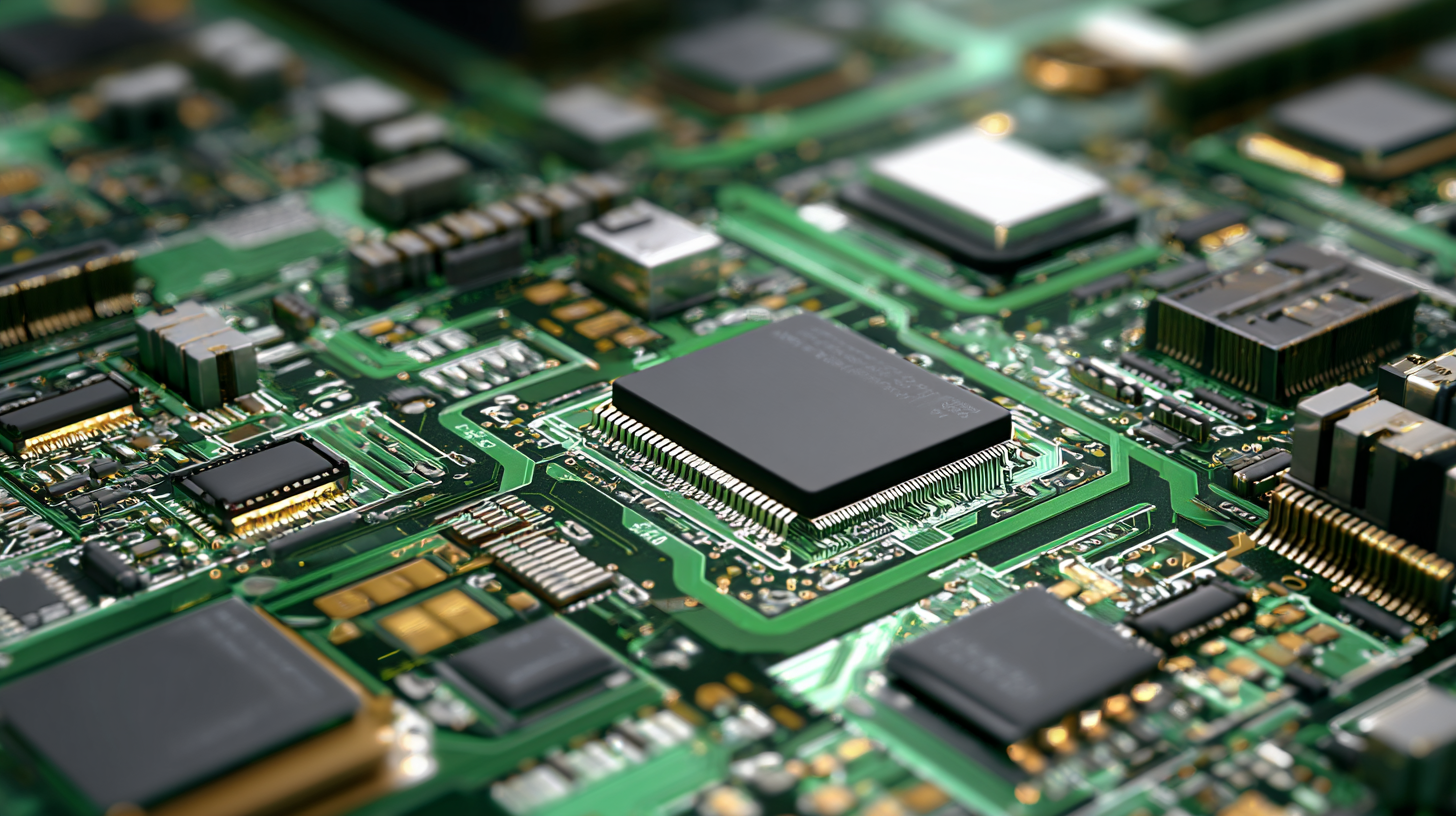
Additionally, the choice of solder mask and surface finishes plays a vital role in protecting the PCB and ensuring good solderability. Epoxy-based solder masks are commonly preferred for general applications, but for high-temperature or high-reliability scenarios, selecting more resilient options like polyimide can enhance durability. Surface finishes, including ENIG (Electroless Nickel Immersion Gold) or HASL (Hot Air Solder Leveling), should be carefully considered to ensure compatibility with both the components and the intended operational environment. By prioritizing these material choices during the PCB assembly process, manufacturers can enhance overall performance and longevity.
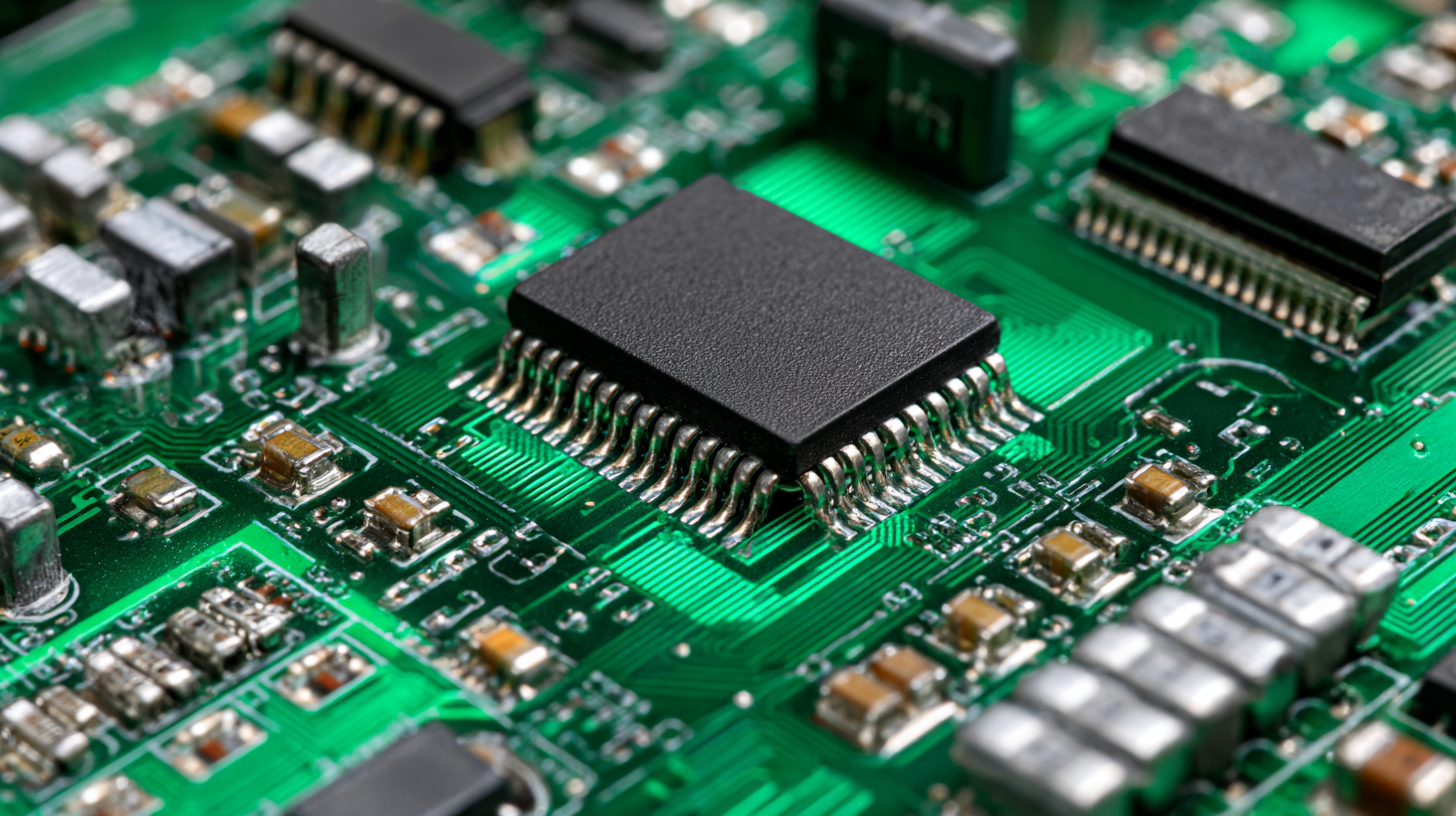 Effective communication is crucial in ensuring a seamless transition from design to printed circuit board (PCB) assembly. Design teams must convey their visions and specifications with clarity to assembly teams. This can be achieved by utilizing structured documentation that includes detailed schematics, assembly drawings, and clear annotations. Regular meetings can also enhance dialogue, allowing for immediate feedback and a better understanding of project requirements.
Visual aids, such as prototypes or 3D models, can bridge the gap between different groups, fostering a collaborative environment.
Effective communication is crucial in ensuring a seamless transition from design to printed circuit board (PCB) assembly. Design teams must convey their visions and specifications with clarity to assembly teams. This can be achieved by utilizing structured documentation that includes detailed schematics, assembly drawings, and clear annotations. Regular meetings can also enhance dialogue, allowing for immediate feedback and a better understanding of project requirements.
Visual aids, such as prototypes or 3D models, can bridge the gap between different groups, fostering a collaborative environment.
Furthermore, establishing a feedback loop is essential for continuous improvement. Assembly teams should be encouraged to provide insights based on their practical experiences during the assembly process. Regular reviews and updating of design documents in response to assembly team feedback can help avoid miscommunications and streamline operations. By promoting a culture of open communication and collaboration, both teams will not only meet project goals more effectively but also enhance product quality, leading to overall success in PCB assembly projects.
